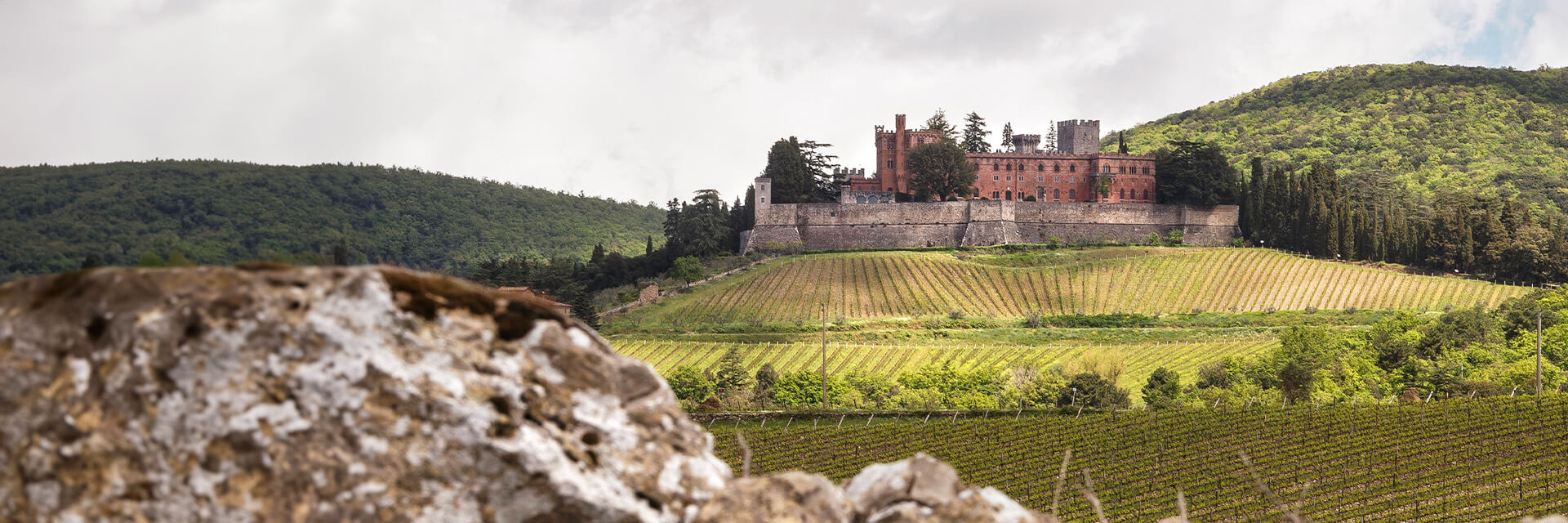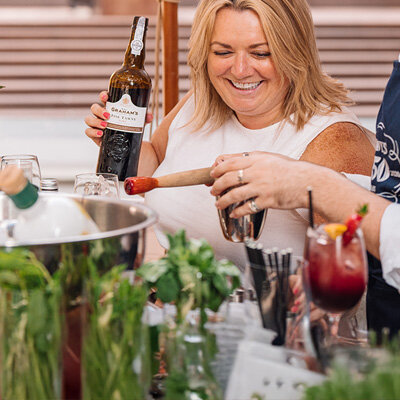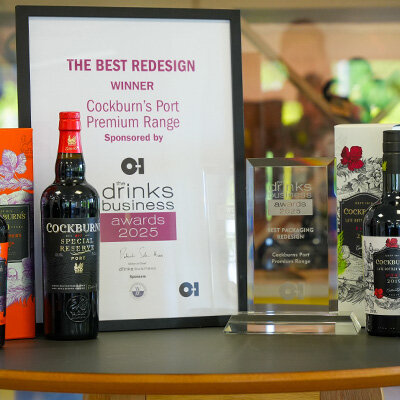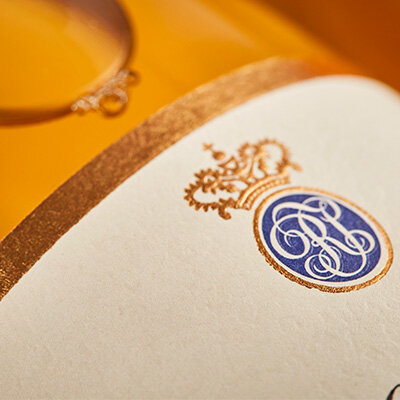2024 is a benchmark year for the producers of Chianti Classico region as the Consorzio Vino Chianti Classico celebrates its 100th anniversary.
Since it was established in 1924, the consortium’s numbers have grown, but it still holds true to its founding principles of protecting the region’s style and origin. This year also marks a significant landmark for Barone Ricasoli as it celebrates 10 years since a new designation was added to Chianti Classico DOCG. In 2014, Chianti Classico Gran Selezione was introduced, providing a labelling term at the very top of the appellation’s quality hierarchy. It is this designation that has been adopted by Barone Ricasoli for its flagship wine, as well as a selection of cru wines that reflect decades of research into its terroirs.
Barone Ricasoli and its connections to the Chianti region
Established in the Chianti Classico region at the Castello di Brolio in 1141, Barone Ricasoli is one of the four oldest wine estates in the world. With a history that dates back nearly a thousand years the story of Ricasoli has, not surprisingly, become closely interwoven with that of the region. The strength and importance of this long association has been captured in a number of historical documents, including a reproduction of the Ricasoli family tree that was printed in 1584, which is one of the first references to wine in the Chianti region. Bettino Ricasoli is also credited with producing the original Chianti blend, which was formulated in the late 19th Century. He was the interior minister of the Tuscany region and become Prime Minister of the newly unified Italy on two occasions in the late 1860’s.
Ricasoli also has an intimate connection with the Gaiole sub-region. In 2021, Gaiole was designated one of the 11 new Unità Geografiche Aggiuntive (UGAs) that recognise Chianti Classico’s distinctive terroirs. Akin to villages in Burgundy, they allow producers to highlight an area’s specific appeal. Gaiole’s qualities, for instance, are summarised by Francesco Ricasoli as “elegance, a pronounced drinkability and freshness, with notes of violet and cherry.”
Only Gran Selezione wines, the highest quality designation of Chianti Classico, may be labelled with a UGA. The rules for these wines are particularly stringent. They must contain at least 90% Sangiovese and must be aged for at least 30 months. Moreover, the grapes must be grown on the estate’s own vineyards, from either single vineyards or a blend of the best sites.
Barone Ricasoli Gran Selezione wines
These requirements for Gran Selezione dovetail perfectly with existing work by Ricasoli. In 2008, it embarked on a collaborative project to map 240 hectares of vineyards, evaluating the soils and establishing five macro-typologies suited to Sangiovese. This informed the production of four Gran Selezione wines, all of which come from the Gaiole UGA.
The first, its flagship, is Castello di Brolio. Blending together 26 hectares across six parcels, it captures the producer’s best vineyards. The winemaking team praises it for “its elegance and its balance, persistence and calibrated power.”
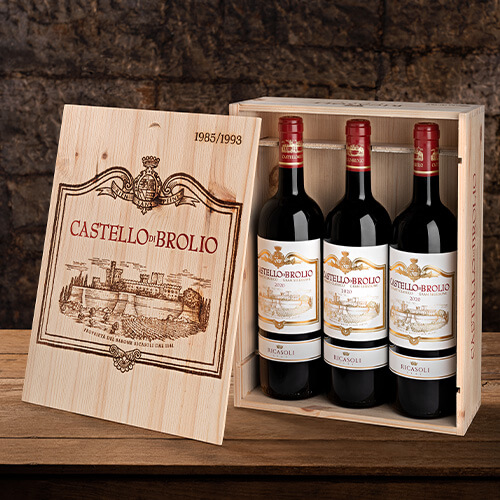
Joining it are three single vineyard Gran Selezione wines, each named for their site. Colledilà is from a site rich in Alberese limestone, presenting elegance and structure. Roncicone’s terroir is dominated by marine deposits, creating a wine of energy, minerality and austerity. CeniPrimo, sourced from an ancient fluvial terrace, is notable for aromatic intensity, volume and fine tannins. Crucially, each is vinified in the same manner. With small plots and diverse terroir, each Gran Selezione bottle is an expression of the vintage and the terroir.
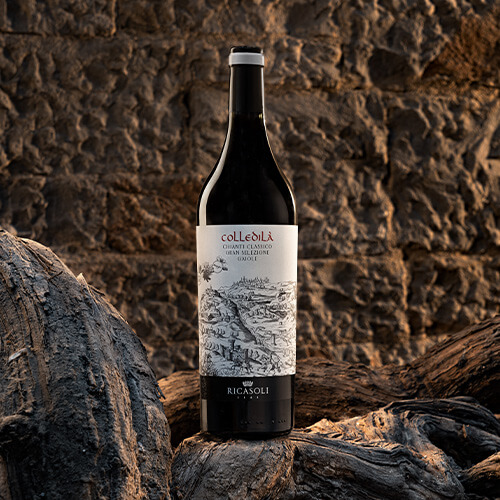
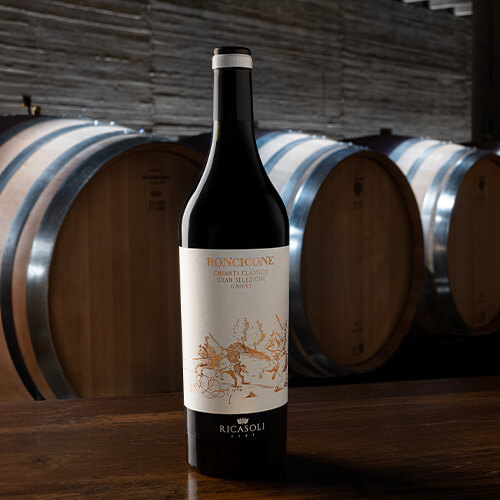
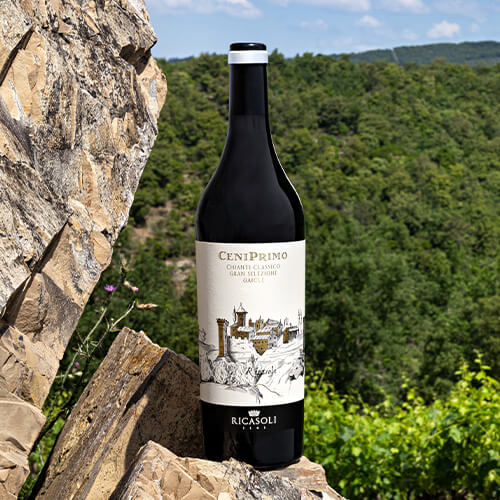
These wines are a fitting tribute both to the appellation and the Gran Selezione designation. “It is significant both for the centenary of the Chianti Classico Consortium,” says Francesco Ricasoli, “and for the tenth anniversary since the birth of the Gran Selezione, in which I have always strongly believed and which today Ricasoli expresses in the glass through four different expressions.”
